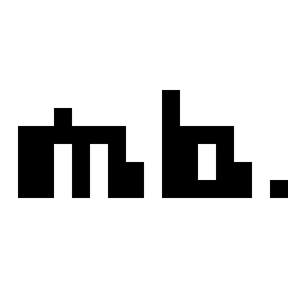Welcome to the Onshape forum! Ask questions and join in the discussions about everything Onshape.
First time visiting? Here are some places to start:- Looking for a certain topic? Check out the categories filter or use Search (upper right).
- Need support? Ask a question to our Community Support category.
- Please submit support tickets for bugs but you can request improvements in the Product Feedback category.
- Be respectful, on topic and if you see a problem, Flag it.
If you would like to contact our Community Manager personally, feel free to send a private message or an email.
Best Of
Diameter dimension enhancements in drawings
- Allow the selection of 2 parallel lines for diameter dimensions
- Allow the selection of a centerline and a parallel line
This should automatically expand the witness lines as is already done in sketches
These would automatically add the the diameter symbol so that we don't have to go back and edit every dimension
Re: Licenses for part time workers?
My understanding is that you can re-assign licenses easily. So, if you have an intern for six months, and then a different intern for the next six months, its easy to move the license from one user to the next one.
However, I don't think there are options for changing the number of subscriptions on a month-by-month basis. I'm sure Onshape would be willing to add more anytime you need it, but dropping the number of users back down would be the problem.
Re: Parametrically set holes along a spiral pattern
I'm not sure exactly which variables you want control over, but there's a very "Onshapey" way to do this by patterning variable features. Here's an example. I'm essentially creating a "for loop" with variable features if that means anything to you. Since i use the "feature pattern" I'm able to make the variable called #i grow by 1 with each loop. Making other variables multiplied by #i, I can get them to grow by a specified step each time too.
Re: Moving individual Part studio documents into a single document with multiple tabs...
open each document and use move to. It will take the whole part studio to any document you like. Send original empty document to trash.
It is move, not copy.
 Prachi
Prachi
How do I determine the folder location of the part I'm currently viewing?
It has happened to me several times where I am working on a larger assembly which has linked parts from elsewhere. Some of them I might like to use in yet another assembly.
How do I determine where these parts are actually located? The best method I have now is to open them, then return to the main Onshape home screen and click on the part in my list of recent opens. Surely there is a more direct way? Is there a way to see where linked parts are coming from within a parent assembly without opening them?
What about seeing a list of assemblies which use a given part? (ie. A list of places where the current part is linked). It would be handy to know what the knock-on effects will be if I modify a given part.
 kenvidia
kenvidia
Re: Can you add a bitmap image on to a plane?
Yes, one can insert a bit map into a part studio sketch but the image's usefulness is limited to creating sketch geometry. If the intent is to also have the image appear in an assembly, or a drawing, you are out of luck. Onshape at the present moment does not display bitmap images in assemblies or drawings.
 StephenG
StephenG
Re: Can you add a bitmap image on to a plane?
To add a little tip to what @bruce_williams said on sizing the image.
In Onshape, if you have a sketch with only 1 dimension it will scale the entire sketch, maintaining aspect ratio (unless you have contraints that prevent this).
Therefore, you can use an image of whatever size you like. Then draw a line on the image with the ends of the sketch lined up with something in the sketch that you know the correct size. Then you can add a dimension to that line, setting it to the correct size. Voila, the whole sketch will scale to make your dimensioned line correct.
Now that your image is scaled correctly, you can add dimensions and constraints to place the image correctly.
Re: PartStudioData Queries
The answer is "Yes". While evaluation of qUnion will preserve the order of the entries in the array, evaluation of any other query will return results in order of the last topology modification .
 lana
lana
Re: Inserted BOM in Drawing questions
When selecting a column, you can drag a rectangle over the area (it shows as a faint orange), then edit it from there. It would be nice if there was an option to automatically center it in the properties.
Regards BOM titles: I don't think you can change them, except for with Onshape pro, since in the company properties, it then has a 'display name' setting, which is what shows up on the drawing.




